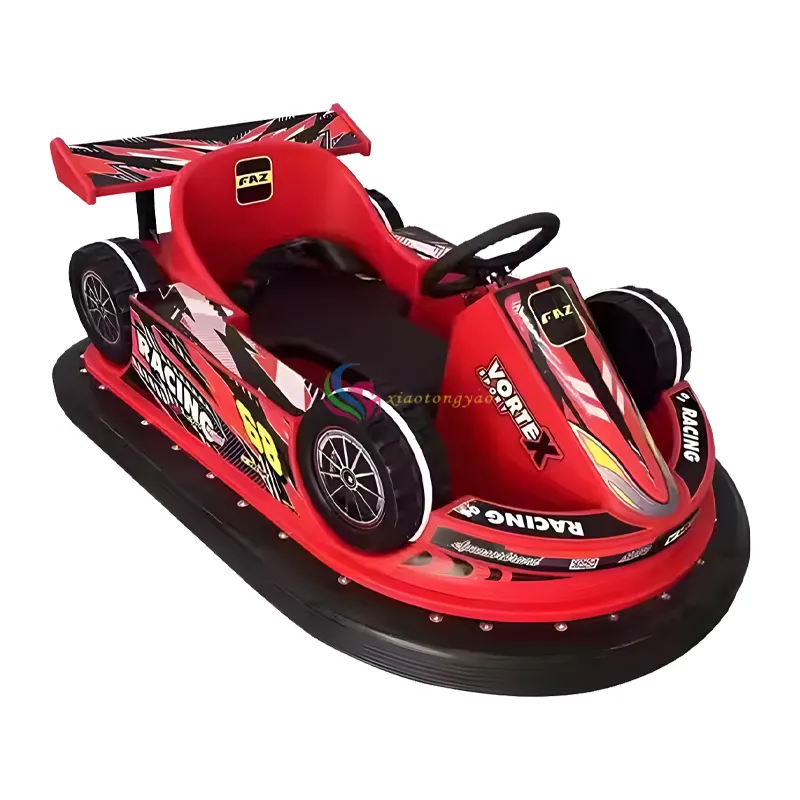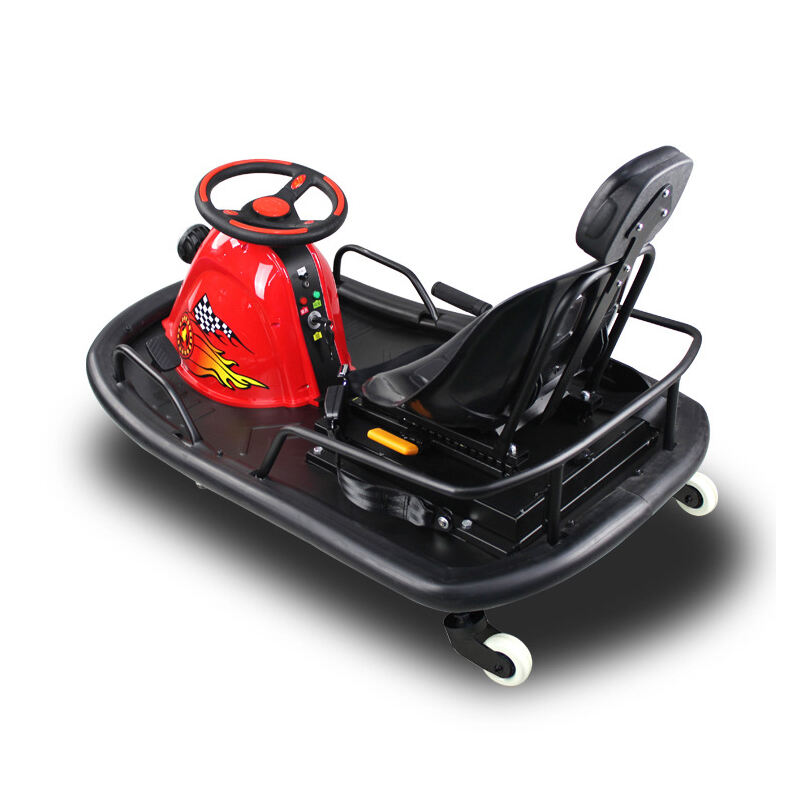Essential Elements of Championship-Ready Racing Go-Karts
The world of competitive go-kart racing represents the perfect fusion of precision engineering, driver skill, and high-performance machinery. A competitive racing go-kart must embody specific characteristics that enable drivers to push the boundaries of speed while maintaining optimal control on the track. Understanding these crucial features not only helps racers make informed decisions but also enhances their competitive edge in this exhilarating motorsport.
Core Performance Components
Engine and Power Delivery System
At the heart of every competitive racing go-kart lies its powerplant. Modern racing karts typically feature high-performance two-stroke or four-stroke engines, carefully tuned to deliver maximum power output while maintaining reliability. These engines, ranging from 100cc to 250cc, must provide consistent performance throughout a race weekend. The power delivery system, including the carburetor and exhaust, requires precise calibration to ensure optimal acceleration and top-end speed.
Engine mapping and tuning play crucial roles in extracting maximum performance. A competitive racing go-kart's engine must respond instantly to throttle inputs while maintaining smooth power delivery across the entire RPM range. This balance is essential for both sprint races and endurance events, where consistent performance can make the difference between victory and defeat.
Chassis Design and Construction
The chassis forms the backbone of any competitive racing go-kart, serving as the foundation for handling and performance. Modern kart frames are typically constructed from high-grade chromoly steel tubing, offering the perfect balance of rigidity and flex. This combination allows the kart to maintain optimal grip through corners while absorbing track imperfections.
The chassis design must incorporate precise geometry calculations to ensure proper weight distribution and handling characteristics. A well-designed competitive racing go-kart frame will flex in specific ways during cornering, effectively acting as part of the suspension system. This controlled flex helps maintain tire contact with the track surface, maximizing grip and cornering speed.
Advanced Aerodynamics and Body Components
Bodywork Configuration
While go-karts may appear simple, their bodywork plays a vital role in performance. Modern competitive racing go-kart designs incorporate carefully shaped panels and nose cones that help manage airflow around the vehicle. These components reduce drag while providing necessary downforce for improved stability at high speeds.
The side pods serve multiple functions, protecting the driver and engine while channeling air to critical components. Their design must balance aerodynamic efficiency with practical considerations such as debris protection and cooling requirements. Every element of the bodywork contributes to the overall performance package of a competitive racing go-kart.
Weight Distribution Solutions
Strategic placement of components and ballast weights helps achieve optimal weight distribution in a competitive racing go-kart. Engineers and mechanics work diligently to position mass as low and centrally as possible, improving handling characteristics and reducing lap times. The ability to adjust weight distribution allows teams to fine-tune their karts for different track layouts and conditions.
Modern racing karts often feature adjustable seat positions and mounting points, enabling drivers to optimize their position for both comfort and performance. This flexibility in setup allows teams to accommodate different driving styles while maintaining the ideal weight distribution for maximum performance.
Precision Control Systems
Brake System Engineering
The braking system of a competitive racing go-kart must deliver consistent, powerful stopping performance while remaining lightweight and reliable. Modern karts typically feature hydraulic disc brakes, with separate systems for front and rear wheels in more advanced configurations. The brake components must withstand extreme temperatures while providing precise modulation for late-braking maneuvers.
Brake bias adjustment capabilities allow drivers to fine-tune their kart's stopping characteristics based on track conditions and driving style. This adaptability is crucial for maintaining competitive advantage throughout varying race conditions and weather changes.
Steering and Front End Geometry
The steering system of a competitive racing go-kart must provide immediate response while offering enough feedback for the driver to maintain control at the limit. The steering geometry, including caster and camber angles, plays a crucial role in handling characteristics. Modern karts feature adjustable steering components that allow teams to optimize setup for different tracks and conditions.
Advanced steering systems incorporate lightweight materials and precision bearings to reduce friction and improve feel. The relationship between steering input and tire response must be linear and predictable, allowing drivers to execute precise racing lines with confidence.

Frequently Asked Questions
How much does a competitive racing go-kart typically cost?
A competitive racing go-kart can range from $3,000 to $10,000 or more, depending on the level of competition and specifications. This price includes the basic kart chassis, engine, and essential components. Additional costs for spare parts, tools, and maintenance equipment should also be considered.
What type of maintenance is required for a racing go-kart?
Regular maintenance includes engine servicing, chain lubrication, tire management, and chassis inspection. Competition-level karts require more frequent maintenance, with engine rebuilds typically necessary every 10-15 race hours, and regular checking of all safety components before each race event.
How long does a competitive racing go-kart last?
With proper maintenance and regular parts replacement, a competitive racing go-kart chassis can last several seasons. However, engines typically require rebuilding or replacement more frequently, and components like tires and brake pads are considered consumables that need regular replacement based on usage and wear patterns.




